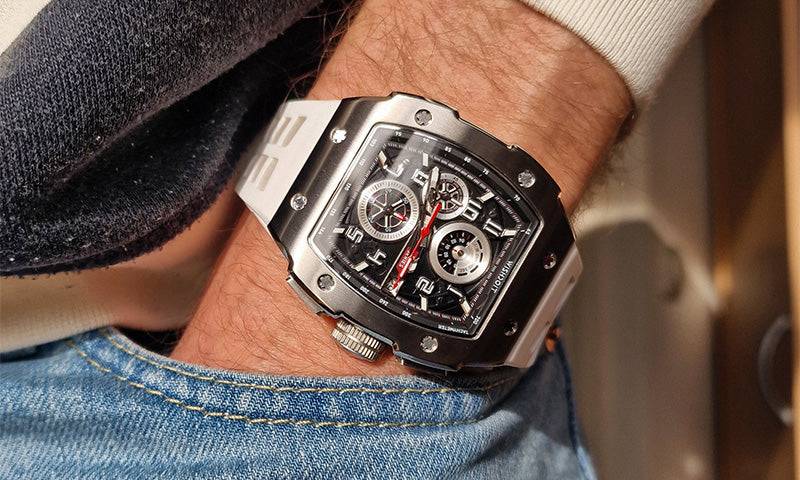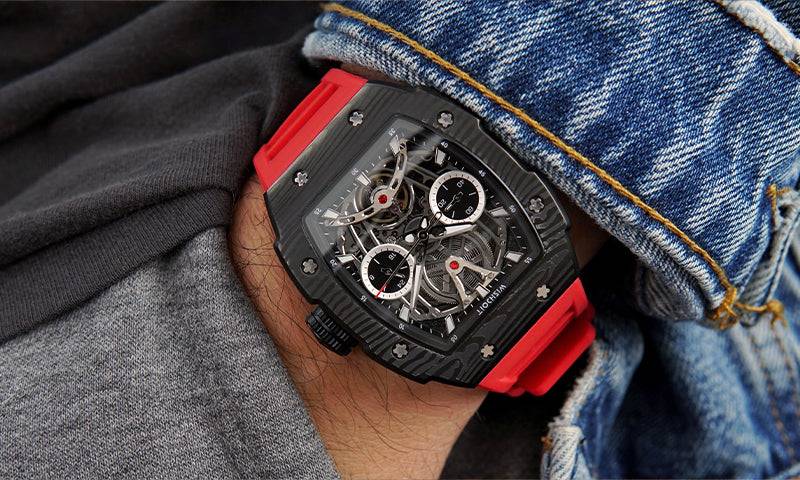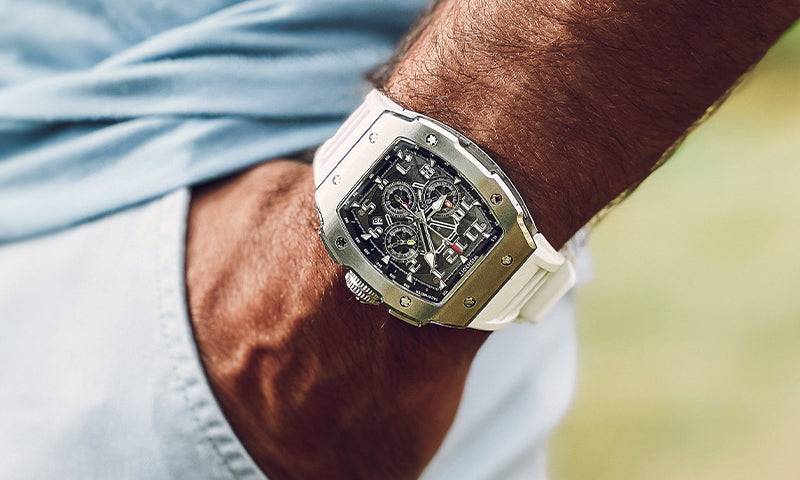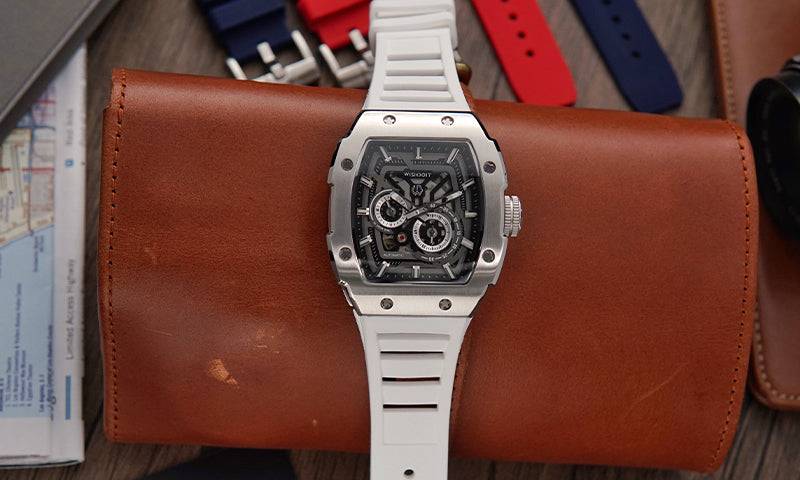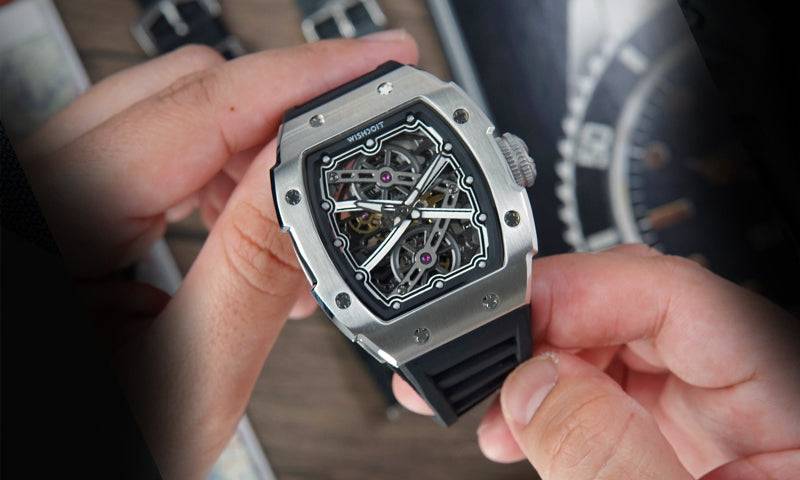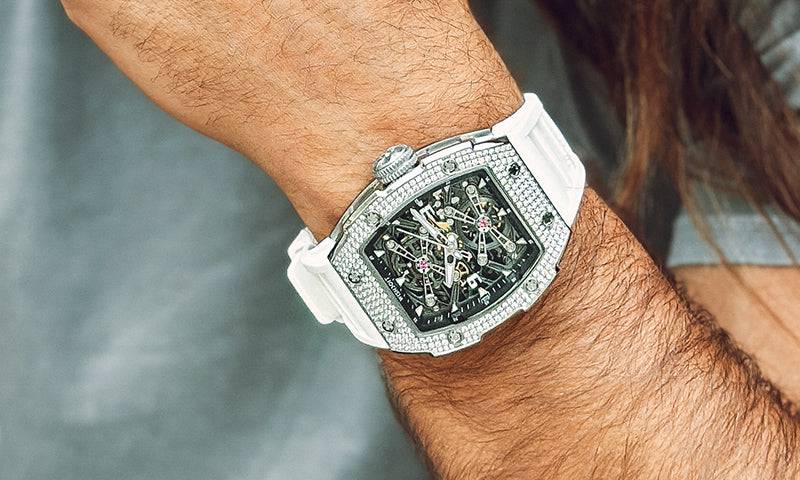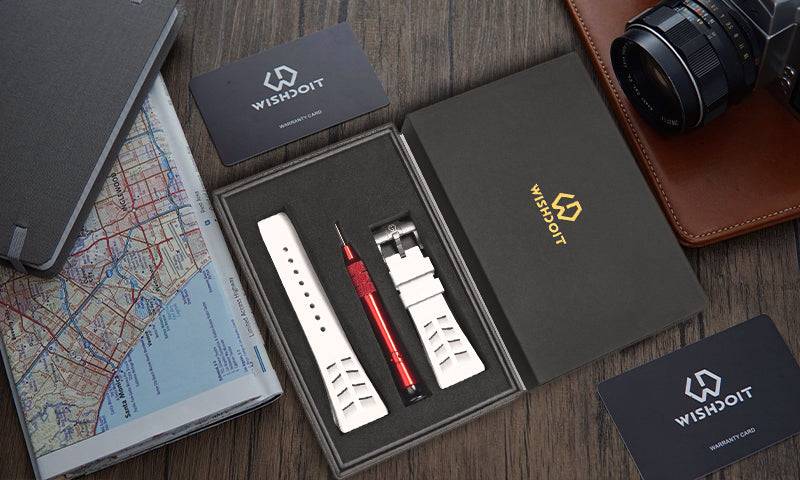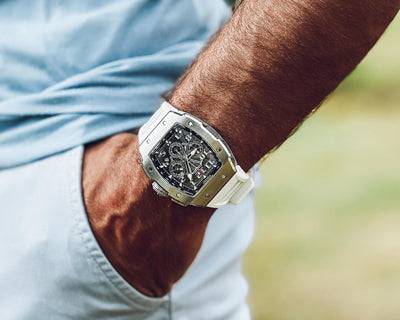Watch movements are the mechanisms inside a watch that power its timekeeping functions. There are several different types of watch movements, including mechanical, automatic, and quartz. Here's a rundown of each type:

- Mechanical Watch Movement: Mechanical watches are the oldest type of watch movement. They are hand-wound, meaning that you have to turn the crown to store energy in the mainspring. This stored energy is then used to run the watch until it has to be wound again. Many watch collectors choose mechanical watches because of their history, intricate movement, and classic appeal. However, they do require manual winding every day and can be less accurate than other types of watches.
Pros:
- Extreme craftsmanship
- Can last a lifetime
Cons:
- Needs manual winding daily
- Not the most accurate
- Expensive

- Automatic Watch Movement: Automatic watches are similar to mechanical watches, but they can wind themselves when worn on your wrist. They have a rotor that turns with the motion of your wrist, meaning that you don’t have to manually wind it every day. However, they do require consistent wear to stay wound and can be less accurate than quartz watches.
Pros:
- Don’t need to manually wind
- Extreme craftsmanship
- Can last a lifetime
Cons:
- Need to be worn constantly
- Not the most accurate

- Quartz Watch Movement: Quartz watches use batteries as their power source. They are the most accurate type of movement because the watch’s battery sends electrical signals to a quartz crystal and these vibrations are what make the watch hands move. They are also less expensive to produce and don't require manual winding, but do need their batteries replaced every few years.
Pros:
- Less expensive to produce
- More accurate
- Don’t need to be wound
- Can be slimmer
Cons:
- Needs battery replaced every few years
There are other types of watch movements, such as solar-powered and kinetic, but mechanical, automatic, and quartz are the most common. The type of watch movement you choose depends on your personal preferences and needs.




